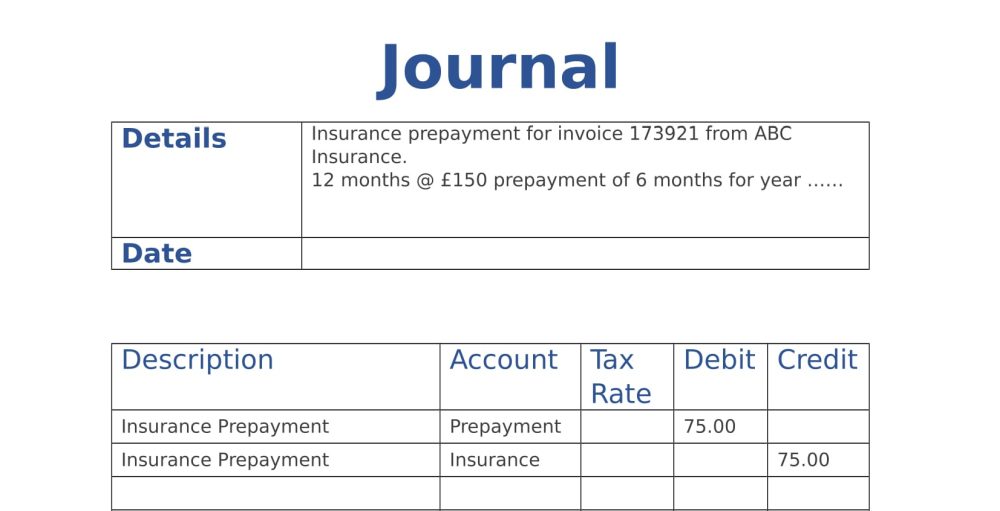
Timely and accurate payments help maintain strong relationships with your suppliers. Automation ensures that invoices are processed and paid promptly, reducing the risk of late fees and fostering trust with your vendors. The accounts payable (AP) department is responsible for implementing the entire accounts payable process. The department is also a key driver in supporting the organization as a whole when it comes to vendor payments, approvals, and reconciliations.
Comprehensive Guide to Inventory Accounting
AP automation also provides you better visibility and control over your financial data. Centralizing the AP process for all the departments with predefined processes will help you to eliminate data redundancy and save time on the purchase invoice processing. It will also help to reduce the data entry mistakes and control ordering by employees. This is a crucial step where AP manager need to make sure that purchase invoice or bill has all the relevant information such as vendor name, item details, payment details, etc. CDE company will record this amount as an accounts receivable in their books as this money they will receive from ABC company.
How to Record Accounts Receivables?
The accounts payable are the current liabilities that are shown on the balance sheet for which the balances are due within one year. In this case, the company has an obligation to pay suppliers based on the credit term which is usually shown on the supplier invoices. Credit duration in the credit term is usually 30 days, but it can vary depending on the type of business and the relationship between the company and its suppliers.
- Yes, accounts payable journal entries can be reversed, especially if there are errors or if the liability is no longer valid.
- Still, in larger organisations, several executives will individually be in charge of each phase.
- The accounts payable (AP) department is responsible for implementing the entire accounts payable process.
- In a neighbourhood, Super Electronics offers televisions with larger screens.
- It may also result in payment delays, strained supplier relationships, and difficulty in reconciling accounts.
- Proper double-entry bookkeeping requires that there must always be an offsetting debit and credit for all entries made into the general ledger.
Process Payment
If you are not using accounting software, you can calculate your accounts payable by adding the amounts of all the bills that you have maintained physically. For example, the ‘Accounts Payable Aging Summary’ report, not only tells you about the vendors that you owe money to, but it also highlights the invoices against which payments are overdue. You need to keep a track of your accounts payable to know when the payments are due, so you can make the payments to your suppliers on time. For example, if you see that one of your suppliers offers an early payment discount, perform a few quick calculations to see if your cash flow can handle making that payment early. Building this AP report is straightforward if you already have a business expense tracker. Expense management software like Ramp is quick and easy to use and can help you easily build your history of payment report.
Vendor Payments

A purchase order is a buyer’s request for goods or services to the vendors. A liability, though, is only noted after the purchases have been delivered and an invoice is sent by the vendor. In cases where assets other than inventory purchases are made from a vendor, the amount is marked as a debit against the relevant asset’s account. Accounts payable journal entry is recorded according to the type of transaction made. It can be recorded against a transaction from an expense account to your accounts payable charge. When you reconcile accounts payable, you’re verifying that the amount owed to suppliers and vendors matches what’s listed in your financial statements.
When a business procures goods or services without immediate payment, an accounts payable journal entry is created to acknowledge this financial obligation. The ending cash balance in March is the beginning cash balance in April. Review your company’s balance sheet and analyze each asset and liability account to determine the impact on cash flow. An AP software helps you to ensure that all payments are matching the purchase orders approved previously with the vendor. AP automation helps to build a cash flow to fill the gaps when cash flow slows, and bills are due. Depending on the size and complexity of the business, accounts payable can have single or multiple sections.
Yes, you can perform your AP tasks without running these reports—it’s certainly possible, and many businesses do. Therefore, the asset account will have ₹40,000 subtracted from it, and the Accounts Payable charge will have ₹40,000 added to it as a credit. Here are examples of Accounts Payable journal entries that will 4 ways to calculate depreciation on fixed assets help us grasp the idea. Make an entry when a payment has been made to the Accounts Payable or the creditor. An entry is produced in the journal whenever a charge is made to the account for services bought. An entry is made on the account whenever there is an acquisition of an asset that is not an inventory item.
In double-entry accounting, a credit is always entered as part of the transaction if there is an increase in Accounts Payable. On the other hand, a growth in Accounts Receivable is never recorded as a credit in the accounting books. In a neighbourhood, Super Electronics offers televisions with larger screens. Accounts Payable manager John has shown interest in presenting an overview of the department’s day-to-day activities. As a result of this process, only valid invoices for the correct amounts will be paid. In the future, Accounts Payable will be responsible for paying all valid invoices.
